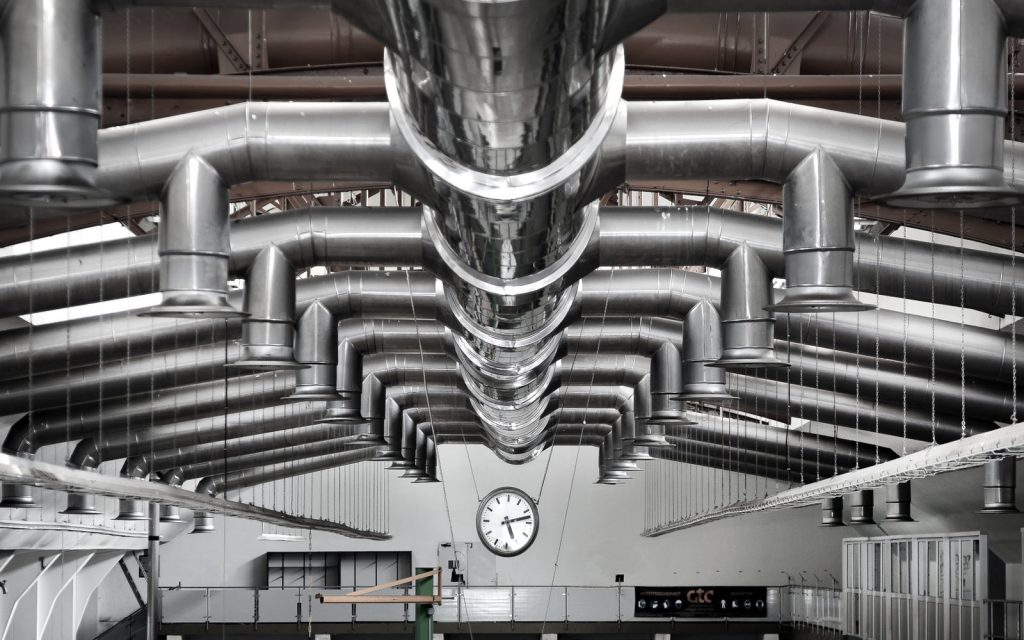In industrial settings, the presence of gases—whether toxic or inert—poses significant safety challenges. Understanding these gases, their properties, and associated risks is crucial for maintaining a safe workplace. This article explores the differences between toxic and inert gases, their potential hazards, and essential safety measures that must be implemented to protect workers.
Toxic Gases: An Invisible Threat
Toxic gases are a major concern in many industrial environments, as they pose significant health risks. These gases can originate from chemical reactions, manufacturing processes, or even by-products of combustion. Toxic gases such as hydrogen sulfide, carbon monoxide, nitrogen dioxide, ammonia, and chlorine can cause a range of health issues, from mild irritation to severe illness or death. The effects depend on the gas concentration and the duration of exposure.
Characteristics and Hazards
Toxic gases often share characteristics that make them particularly dangerous. Many are colorless, odorless, and not immediately detectable without specialized equipment. This invisibility can lead to delayed recognition of exposure, increasing the risk of serious health outcomes. Some toxic gases are also combustible, adding a risk of fire or explosion in addition to toxicity.
For example, carbon monoxide (CO) is a well-known toxic gas that can cause headaches, dizziness, and in high concentrations, death. Hydrogen sulfide (H2S) is another toxic gas, recognizable by its characteristic “rotten egg” smell at low concentrations but is lethal at higher concentrations. The presence of such gases necessitates robust safety measures, including continuous monitoring and rapid response protocols.
Safety Measures
To mitigate the risks associated with toxic gases, industries must implement comprehensive gas detection systems. These systems should include continuous monitoring, alarm systems, and regular maintenance checks to ensure functionality. The use of personal protective equipment (PPE), such as respirators, is also critical when exposure cannot be entirely eliminated.
Inert Gases: The Silent Hazard

In contrast to toxic gases, inert gases are generally non-toxic but can still pose significant hazards, primarily through asphyxiation. Common inert gases include nitrogen, argon, and helium. These gases are colorless, odorless, and tasteless, making them undetectable without specialized equipment. The primary danger of inert gases is their ability to displace oxygen in the air, leading to oxygen deficiency and potential asphyxiation.
Characteristics and Hazards
Inert gases are characterized by their low chemical reactivity. They do not easily react with other substances, making them useful in various industrial applications, such as shielding gases in welding or as coolants. However, their non-reactive nature also means they can accumulate in enclosed spaces without any warning signs.
Asphyxiation due to inert gases occurs when these gases displace oxygen in a confined area. Symptoms of oxygen deficiency can include dizziness, headaches, confusion, and ultimately unconsciousness or death. The danger is particularly acute because the onset of symptoms can be sudden, and individuals may not recognize the hazard until it is too late.
Safety Measures
Preventing asphyxiation involves stringent monitoring of oxygen levels in areas where inert gases are used or stored. Gas detection systems should be installed to continuously measure oxygen concentration and trigger alarms if levels drop below safe thresholds. Additionally, ensuring proper ventilation and access control to confined spaces can prevent accidental exposure. Workers should receive thorough training on the hazards of inert gases and the importance of safety protocols.
Real-World Applications and Case Studies
Industries such as chemical manufacturing, oil and gas, and food processing frequently encounter both toxic and inert gases. For instance, in the oil and gas industry, hydrogen sulfide can be present in natural gas, requiring constant monitoring to protect workers. In the food industry, nitrogen is often used for packaging to preserve freshness, necessitating careful handling to prevent oxygen displacement.
A notable case involved a food processing plant where nitrogen gas was used to prevent oxidation. Due to inadequate ventilation and monitoring, a gas leak led to the accidental release of nitrogen, displacing oxygen and causing asphyxiation incidents among the staff. This incident underscores the importance of comprehensive safety systems and emergency response plans.
Conclusion: Ensuring Safety in Industrial Environments
Understanding the differences between toxic and inert gases and their respective hazards is essential for industrial safety. While toxic gases pose direct health risks through poisoning, inert gases present a subtler threat through oxygen displacement. Both require vigilant monitoring, proper safety equipment, and thorough training for workers.
For industries looking to enhance their gas detection capabilities, Interscan offers advanced solutions like the Accusafe and GasD 8000 systems. These systems provide reliable detection and monitoring, ensuring a safe working environment. To learn more about how our products can help safeguard your workplace, request a quote today from Interscan’s experts.


